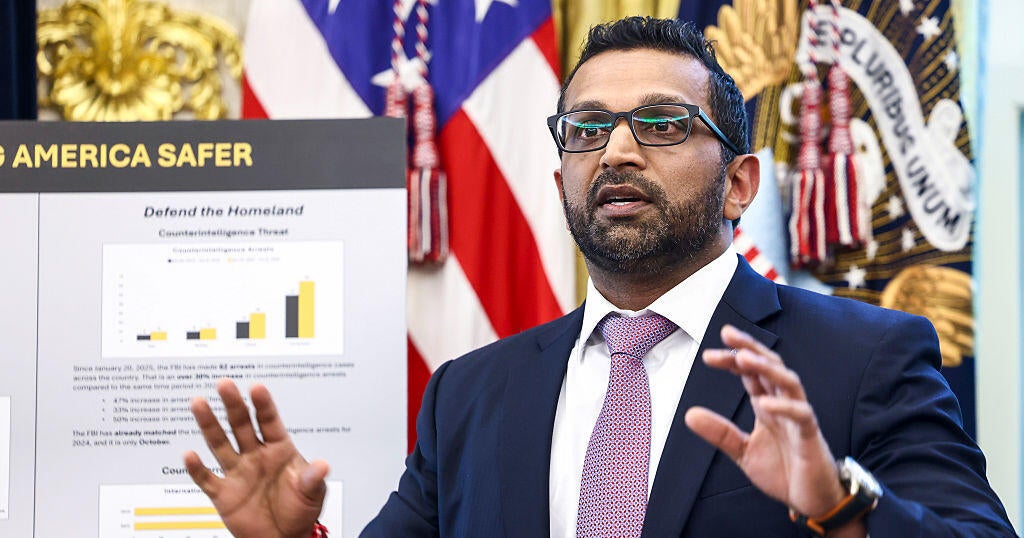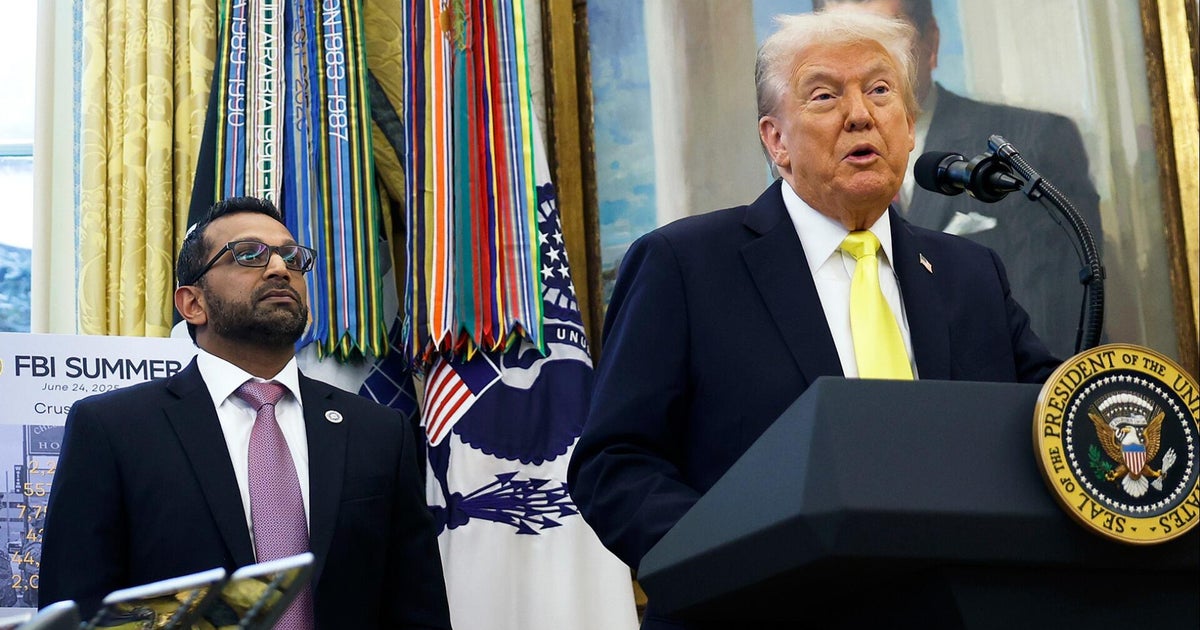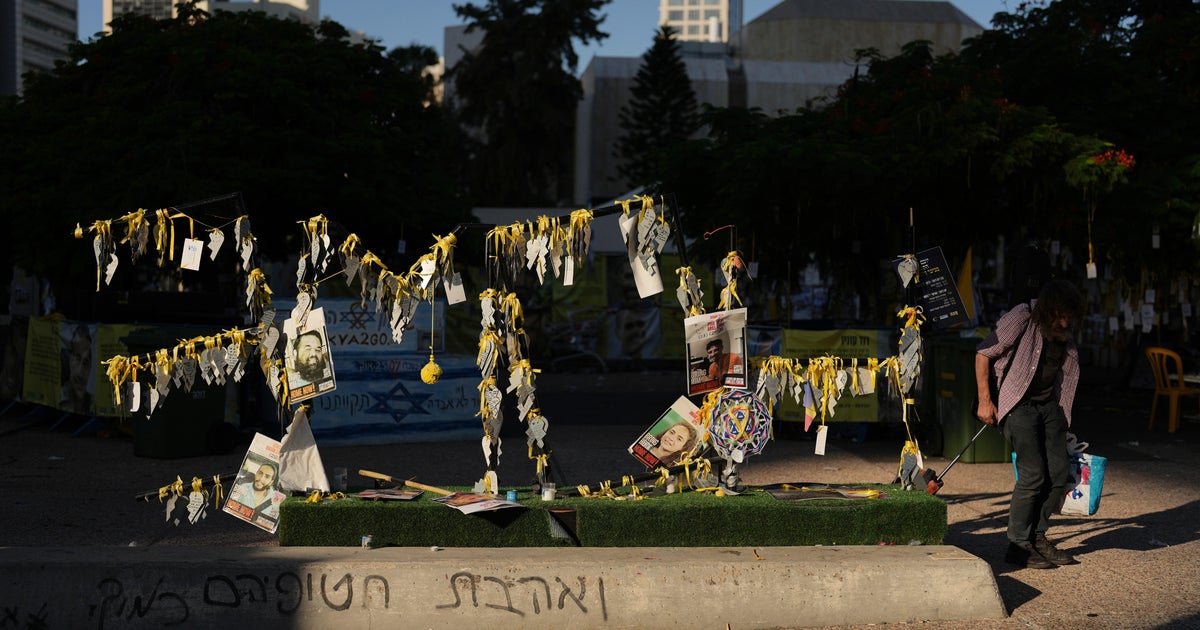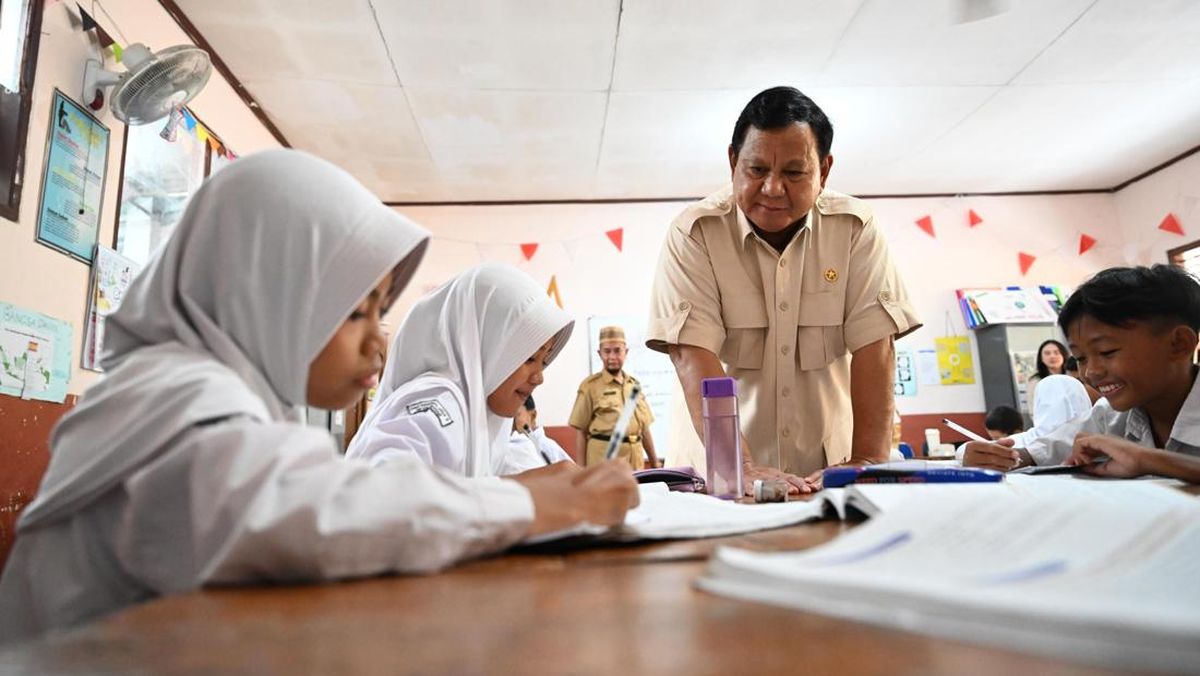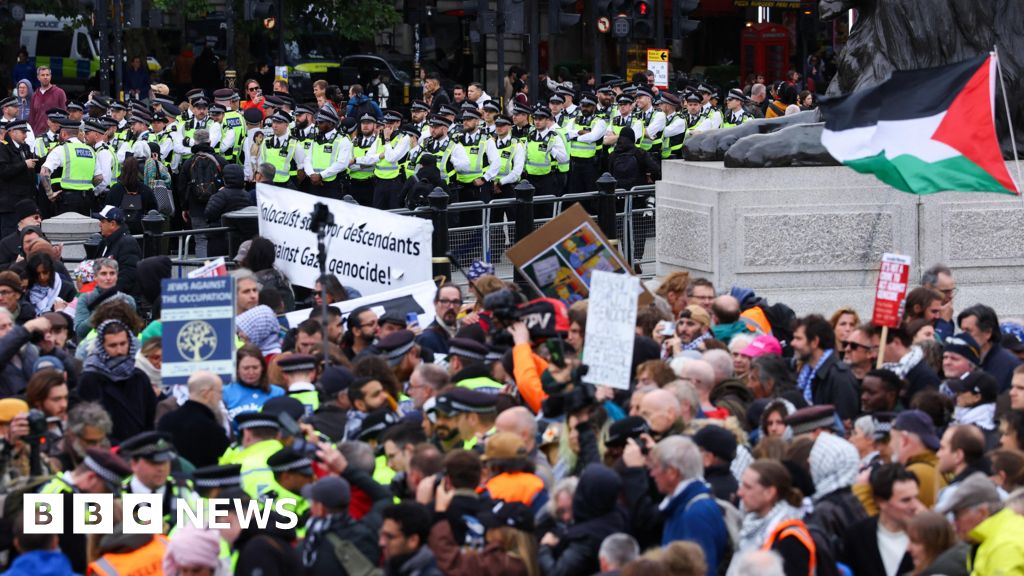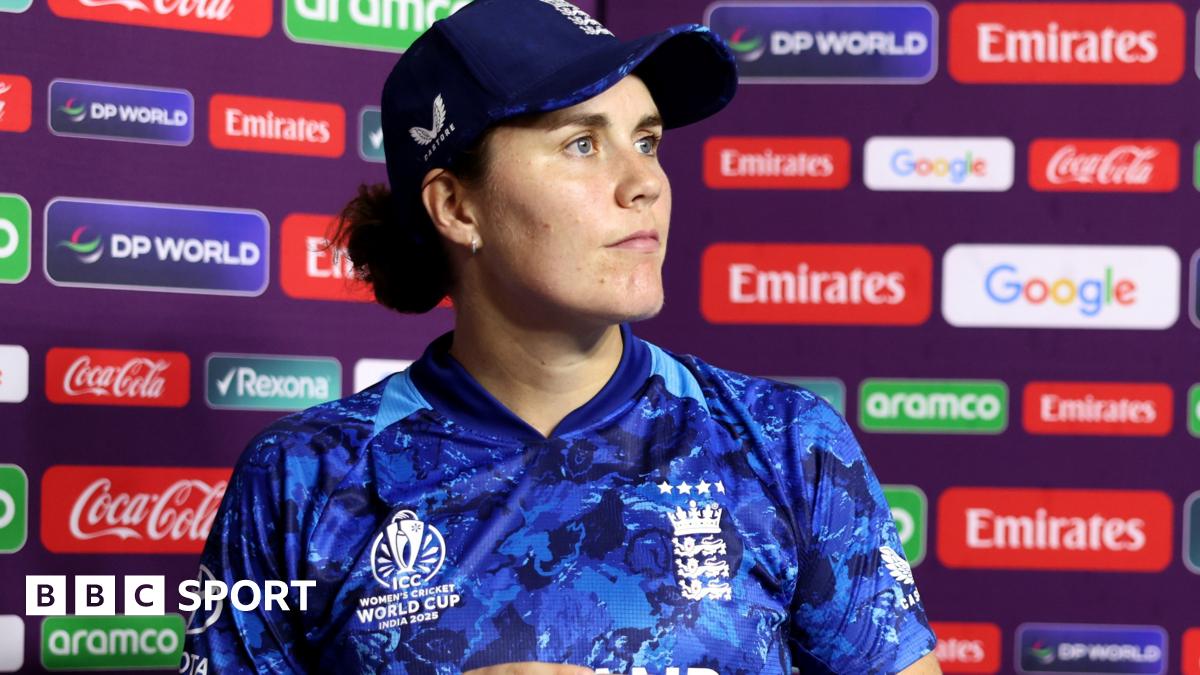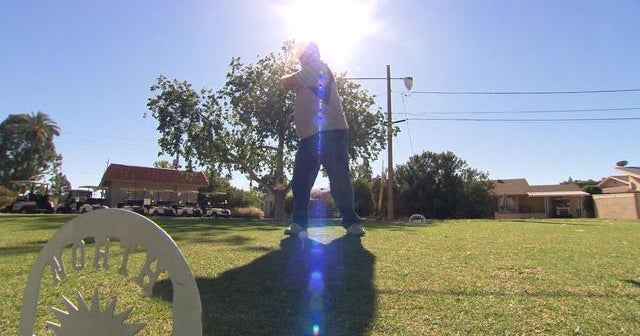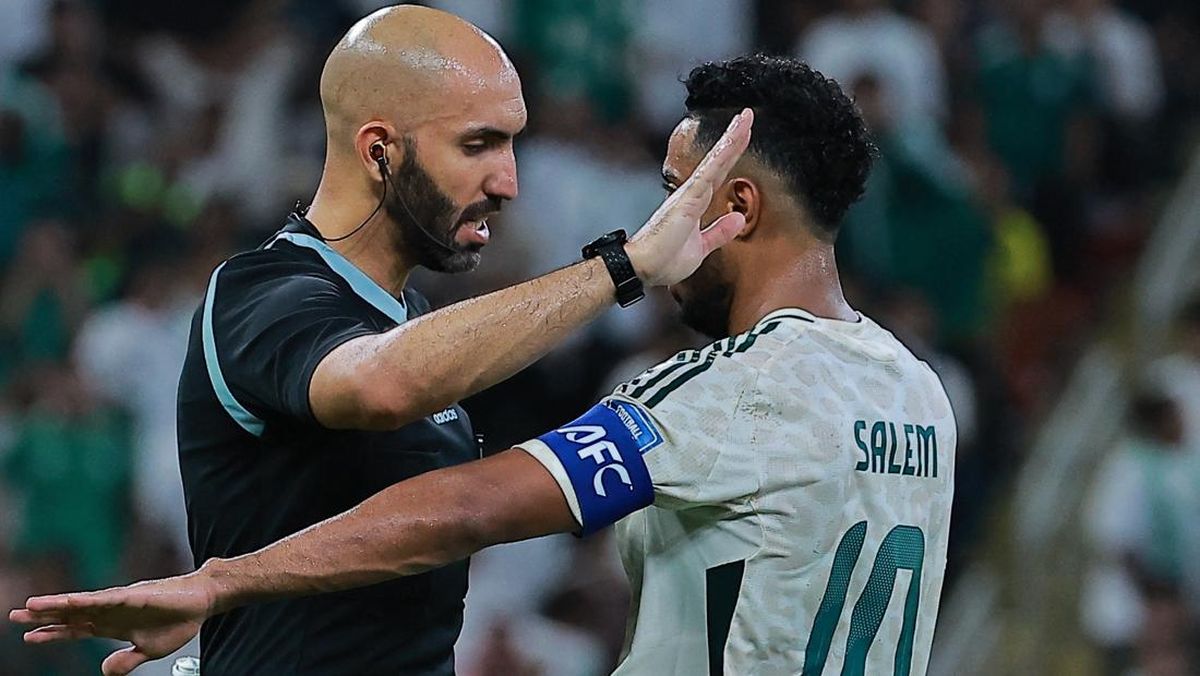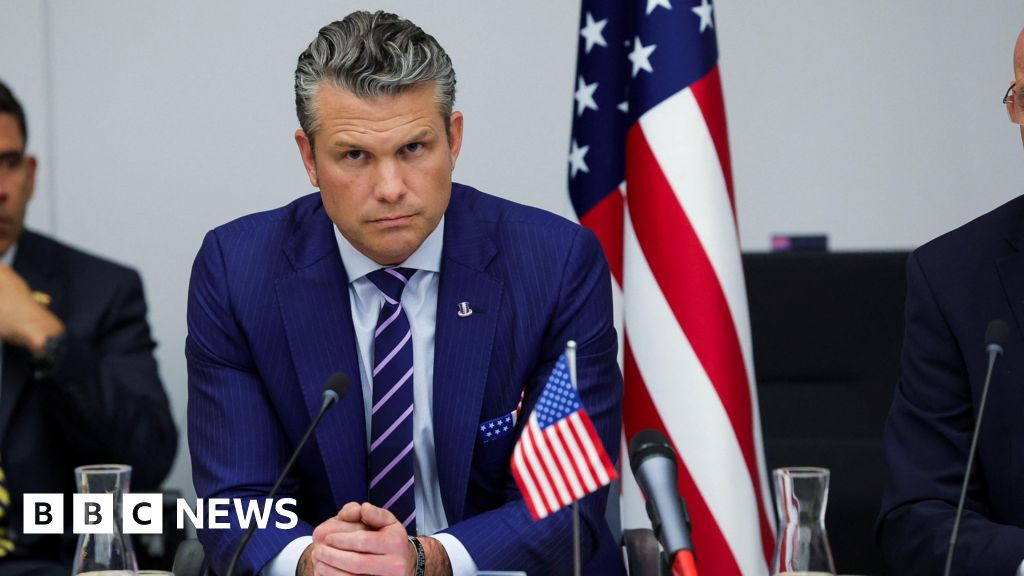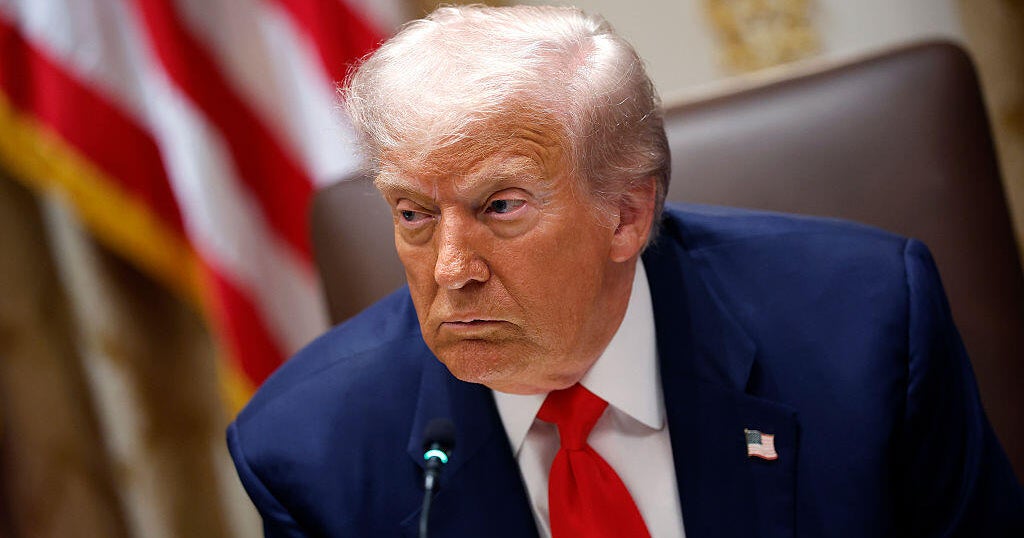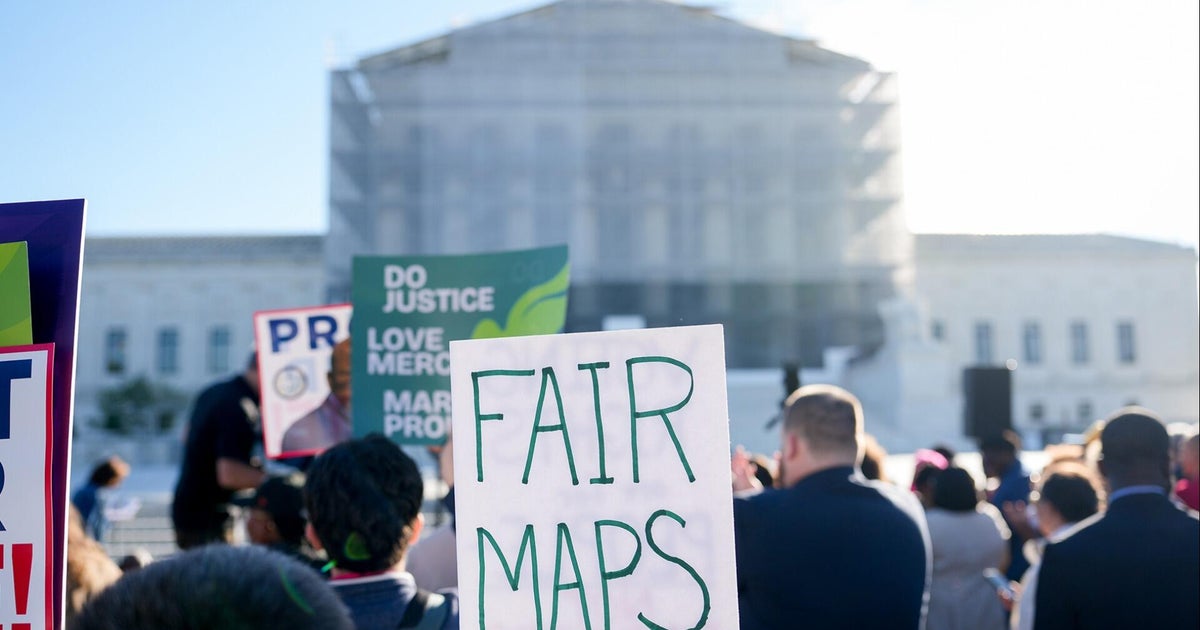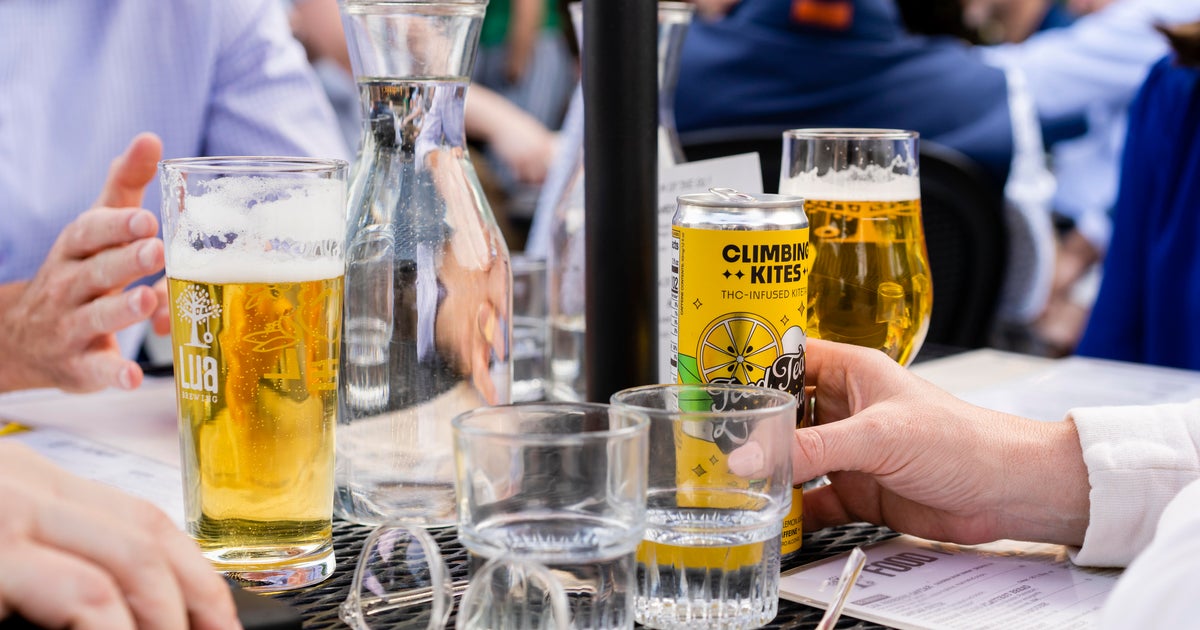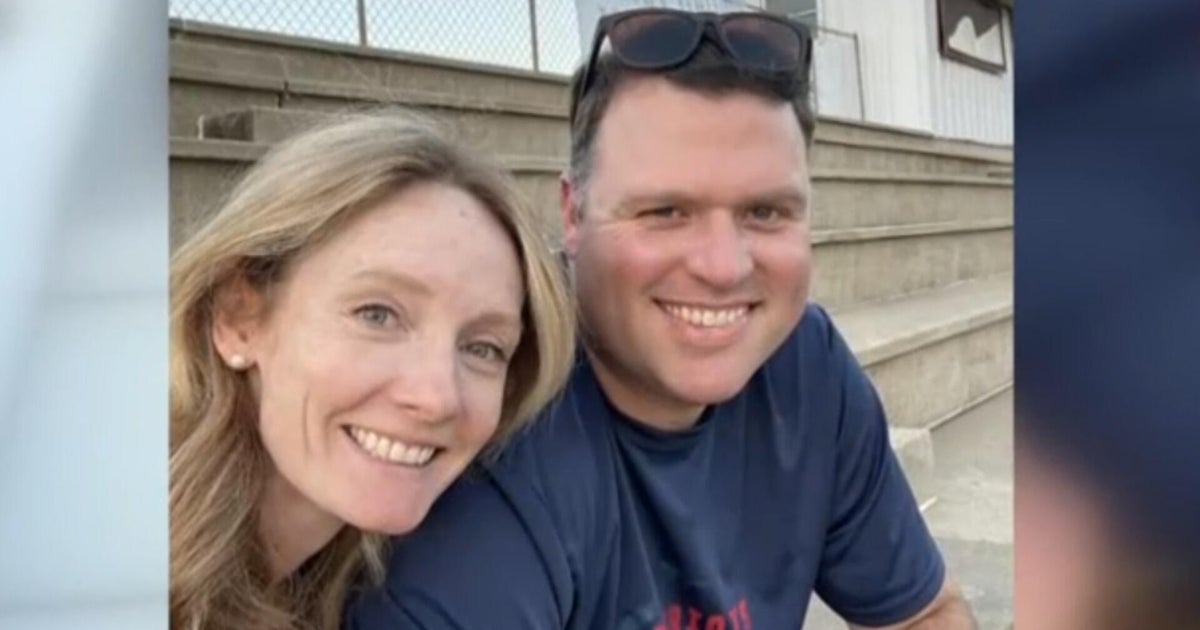Luis Pereira’s breath catches on his throat, and he blinks back tears as he sits on his front porch remembering the day he held the bodies of five Australian-based journalists in his bare hands 50 years ago.
There are few living witnesses of the events surrounding the murder of the five young journalists etched into the Australian consciousness as the “Balibo Five” – Seven News reporter Greg Shackleton, 29, cameraman Gary Cunningham, 27, and sound recordist Tony Stewart, 21, and Nine News reporter Malcolm Rennie, 28, and cameraman Brian Peters, 29.
The five newsmen had gone to East Timor to report on Indonesia’s impending invasion. They were deliberately shot and stabbed by Indonesian special forces in the early morning of October 16, 1975, to prevent them from exposing the covert attack on the border town of Balibo, a 2007 inquest confirmed after decades of mounting evidence largely accumulated by journalists, academics and the Balibo Five’s families, notably Shackleton’s wife, Shirley.

Luis recounted that he was forced to move the burnt remains of the Balibo five who were killed by Indonesian special forces in 1975.Credit: Kate Geraghty
For decades, the Australian government maintained the Balibo Five were accidentally killed in crossfire, echoing the Indonesian government’s stance, in the face of a procession of witnesses who came forward. Their killers have never faced justice.
Pereira raises a shaking hand to his chest, still deeply troubled that he was not able to honour the journalists in death as he was ordered to dispose of their burnt remains.
“With bare hands we gathered the body parts, all of the equipment,” Periera said through choked breaths. “This was not how remains should be treated.”
Fifty years later, Periera’s account is all the more chilling against his incongruous surroundings. At his family home in Dili, the capital of an independent Timor-Leste, his grandsons play in the front room as his wife and daughter set a low table with coffee cups and bottled water. Tinny music blares from a speaker attached to a buggy laden with vegetables for sale.
Loading
A three-hour drive south-west and into the hills, the town is preparing to host an event marking the 50th anniversary of the deaths of the Balibo Five hosted by the Balibo House Trust with the support of the community and the Australian Embassy. Among the expected 2000 attendees will be the Five’s family members, Australian ambassador to Timor-Leste Caitlin Wilson and Timor-Leste President Jose Ramos Horta.
“I [will] remember the Balibo Five forever,” said Ramos-Horta, who was with the journalists in Balibo two days before they were killed.

The Australian-based journalists known as the Balibo Five: (left to right from top) Brian Peters, Malcolm Rennie, Greg Shackleton, Gary Cunningham and Tony Stewart.Credit:
Ramos-Horta, then one of the leaders of the Fretilin resistance movement, returned to Dili with the journalists’ film to be dispatched to Australia, and their final reports.
“Every time I visit Balibo, sitting at the old Portuguese fort [and] contemplating the sunset, I cannot help to think, had I stayed on, not departing a few days earlier, before that fateful morning of October 16, 1975, I would have been killed along with them,” he said.
“I might be the only person alive who saw them last. Maybe there are few others, Indonesians, still alive, who were there on October 16, 1975 and saw them murdered.”
‘Bones, skulls, a backpack, a camera’
Periera, now 75 years old, was about the same age as the Balibo Five and part of a political movement working towards independence for his country when he was forced to carry mortars, bombs and bullets for Indonesian forces over the border and rough terrain into Balibo.
His fellow Timorese at the front of the invading forces that swept through Balibo told him that the Indonesians had killed five journalists with guns and knives. The troops had changed into civilian clothes to conceal their role in the violence.
“They killed the journalists and then burnt them inside the shop … for almost a week there was fire burning,” Periera said of the building known as “Chinese House” owned by a Chinese man.

Fernando de Carvalho, 82, at the house behind which the bodies of the Balibo Five Australian-based journalists were burnt. Credit: KATE GERAGHTY
That shop is now a burnt-out carcase of cement. Periera’s brother, Fernando de Carvalho, stands in the guts of the room that could not contain the flames fuelled by wood and diesel. His son and nephews were killed by pro-Indonesian militia in retaliation for the 1999 referendum in which East Timorese overwhelmingly voted for independence.
De Carvalho stands in the doorway of Chinese House and looks across the road to baby-blue building known as the “Flag House”, where the five journalists had camped in 1975. They called it the “Australian Embassy” and “Commonwealth Secretariat” (Peters and Rennie were Britons and Cunningham was a New Zealander).
On its exterior wall, Shackleton painted the word “Australia” and a likeness of the Australian flag two days before he was killed. In one of Shackleton’s last reports, he said: “We’re hoping it will afford us some protection.” A replica of his painting adorns the wall today, protected by two panes of glass.

Fernando de Carvalho at the house behind which the bodies of the Balibo Five Australian-based journalists were burnt.Credit: Kate Geraghty

Fernando de Carvalho in front of photos and the story of his son and other relatives on display at the Australian Flag House in Balibo.Credit: Kate Geraghty
Periera said he was ordered to enter Chinese House with two other Timorese.
“Men with weapons were surrounding us,” he said. “One of the men said ‘just go in’ … there were bones, skulls, a backpack, a camera, antenna lying on the ground.”
They were told to collect wood from another room to build a box, collect the remains and burn it all again out the back.
“We didn’t want to,” Periera said. “We moved the bones, the bodily remnants, the liquids with bare hands. We didn’t have a shovel, just bare hands. We have to put the bodily fluids and fats into cans.”
Back in Balibo, earlier this month, de Carvalho’s arm hangs out the window of the Chinese House as he gestures to a bare patch of land among the scrub: “That is where they burnt them again.”
Periera and de Carvalho repeatedly call the journalists heroes, akin to the Fretilin freedom fighters and Australian soldiers who led the peacekeeping mission after the 1999 referendum.
“They are heroes, martyrs, all who contributed to our country’s freedom and deserve their place in history,” Periera said.

Greg Shackleton paints the word “Australia” on the outer wall of the shop in Balibo in the days before his death.Credit: Fairfax Media
Finding those responsible
Pereira travelled to Sydney for the 2007 coronial inquest into the death of Brian Peters, which concluded Peters and his four companions, Cunningham, Rennie, Shackleton and Stewart, were deliberately shot and/or stabbed by Indonesian special forces, not in the heat of battle, to prevent him from revealing that Indonesian Special Forces had participated in the assault on Balibo.
The coroner specifically named Mohammed Yunus Yosfiah, an Indonesian special forces captain who became a government minister, as responsible for ordering and taking part in the slaughter, and Christoforo da Silva, a special forces sergeant, as killing Tony Stewart with a knife.
The findings were handed over to the Australian Federal Police, which dropped its war crimes investigation and pursuit of those accused of being responsible in 2014, citing insufficient evidence and jurisdictional challenges.
“I don’t believe there was any intention to attempt the extradition of these two guys,” said Australian journalist Hamish McDonald, who covered the invasion and investigated the Balibo Five’s deaths as a freelance correspondent in Jakarta between 1975 and 1978, and in 2000 co-wrote the book Death in Balibo, Lies in Canberra with the late ANU professor Desmond Ball.
“I think everyone was just hoping the living witnesses would die off as quickly as possible.”

Luis Pereira repeated the words “bare hands” over and over again, clearly still deeply affected by the events in Balibo 50 years earlier.Credit: Kate Geraghty
Pereira’s identity was suppressed during the inquest, as were the identities of other Timorese witnesses who feared retribution. His account aligns with that of an inquest witness known as “Glebe 7”.
He said he has kept a collection of documents in Balibo “in case a family member of the journalists, like a child or another relative, want to visit and learn about what happened”.
Fifty years of secrets
Gary Cunningham’s son, John Milkins, remembers briefly meeting Pereira many years ago.
“I understand the trauma he experiences, though I didn’t experience it as viscerally as he did,” Milkins said. “I hope he is not haunted. His courage coming forward after 50 years is immense. I hope that it eases some of his own grief.”
In his grief, Milkins will not tolerate the Australian government’s softening rhetoric to describe the slaying of the Balibo Five, such as “we mourn the loss” and “killed” that could imply it was all an accident.

John Milkins is the son of Gary Cunningham.Credit: Paul Jeffers
A statement from a spokeswoman for Foreign Minister Penny Wong this week used both.
“The Australian government acknowledges the profound grief their families, friends and colleagues have carried for 50 years, and we honour the way they have kept their memory alive,” the statement said.
Milkins said: “This is tied up in a much bigger game of realpolitik, which is something I think ordinary Australians would question.”
The late journalist John Martinkus, who lived and worked in East Timor in the late 1990s and early 2000s, had said the Balibo Five became symbolic of the Australian government’s unwillingness to tell the truth about what was happening in East Timor in the face of a powerful Indonesia.
McDonald agreed. “It was a case of the fate of Australian TV journalists being pushed aside in the interests of Australia’s relationship with Indonesia,” he said. “It was a pretty sick situation.
“The Australian embassy in Jakarta was being kept informed of Indonesia’s invasion, almost day by day, and some cases, hour by hour.
“But they didn’t know, I think it’s fair to say, that the journalists were there.”
For decades, the Australian government maintained the Balibo Five were accidentally killed in crossfire, in lockstep with the Indonesian government’s stance, in the face of a procession of witnesses who came forward. Their killers have never faced justice.

Four of the five Australian-based journalists who died, pictured at Balibo on the afternoon of October 15, before the attack. From left, Channel 9’s Brian Peters, Channel 7’s Gary Cunningham, Greg Shackleton (back to camera) and Tony Stewart from film taken by Portuguese TV crew.Credit: Fairfax Media
Half a century on, the Australian Secret Intelligence Service (ASIS) refuses to disclose its knowledge of the events surrounding the murders at Balibo, said Professor Clinton Fernandes at UNSW’s Future Operations Research Group and former army principal intelligence officer on the East Timor Desk in 1998-1999.
The bulk of Australian government archival documents in connection with Balibo, the invasion, and the occupation have been kept secret, with government agencies citing national security concerns.
Fernandes, who leads the push to declassify relevant intelligence records, said key questions were still unanswered, and there are serious concerns about an ongoing cover-up. What did ASIS know beforehand? Could the journalists have been warned not to go to Balibo?
Loading
“There is nothing in the national interest in protecting 50 years of secrets,” Milkins said. He is aware of more than 50 pending applications to the Department of Foreign Affairs and Trade for the release of relevant documents.
The spokeswoman for Wong said the Australian government had co-operated with two inquiries – known as the Sherman reports – in 1996 and 1999, which found no evidence that the five had been murdered.
“We know these outcomes have not lessened the pain or brought answers the families have long sought,” Wong’s spokeswoman said. “The Australian government remains committed to transparency. Requests for access to official records will continue to be considered under the appropriate legislation.”
The Australian government, including then-prime minister Gough Whitlam, claimed that they had told the journalists not to go to East Timor. McDonald said the Australian government maintained the caught-in-the-crossfire scenario was plausible through the Sherman inquiries, whose findings were superseded by more recently obtained evidence, including signals intelligence intercepts and witness accounts included in the 2007 inquest.
A lasting legacy
With almost every mention of his father’s death, Milkins broadens the scope to highlight the plight of the East Timorese, and efforts by the Balibo House Trust, established to honour the memories of the Balibo Five by improving the lives of the local people.
“We were caught up in something much bigger than ourselves,” Milkins said, a trust board member.
“We five families may have lost an individual family member each, but I’ve spoken to people [in Timor-Leste] who have lost five members in one family.”

A group of men wash from a water point on the road entering Balibo, 50 years on from the invasion.Credit: Kate Geraghty

Timorese school students walk past what was the Indonesian unification statue that is now a memorial in Balibo. On gaining independence the original red and white flag of the statue was painted black. Credit: Kate Geraghty
An estimated one-third of the East Timor population died from violence or imposed famine during the Indonesian invasion and subjugation campaigns between 1975 and 1999 in what many scholars call a genocide.
“I can’t dwell on that horror for too long … What I try to do is think about how I can get water to another village or what to do about the five babies in a maternal child health ward that die in a week.”
The trust maintains a memorial to the Balibo Five at Flag House. Among its outreach and community projects, the Trust established the Balibo Dental Clinic, a kindergarten and a prep school, and adult vocational training programs.
“It has led to so many opportunities and some incredibly generous supporters, including the federal government.”
The great friend
There is a through line for many East Timorese in their conceptualisation of Australia as a great friend. It stretches from World War II, when ANZACs fought alongside them to fend off the Japanese, to 1999, when Australia led the multinational INTERFET force in response to pro-Indonesian militias unleashing a wave of violence and triggering a humanitarian crisis.
“My grandfathers told me about the Australians who had confronted the Japanese at Balibo. Australia had very little equipment and support, though still managed to fight against Japan,” Pereira said.
“In Indonesian occupation, no other country ever came to support Timor-Leste. Only Australia supported Timor-Leste,” he said. “We should have the journalists celebrated as well as with soldiers from 1999. The journalists should have statues alongside the soldiers.”

Then-major general Peter Cosgrove directs a team of Indonesian and Australian soldiers at the site September 22, 1999, where the body of a Western journalist was uncovered in Dili.Credit: AP
Omitted from these recollections is the Australian government’s support for Indonesia and its trepidation that an independent East Timor would become a “Little Cuba” communist stronghold on our doorstep. There was also Australia’s later trading of de jure recognition of Indonesia’s sovereignty over the territory for a major share of the Timor Sea gas field, called Greater Sunrise.
Meanwhile, an estimated 200,000 East Timorese died in the conflict under Indonesia’s 24-year occupation.
“The sense of Australian friendship derives more from the civil society support the Timorese got from Australians,” McDonald said. “But when all the diplomatic manoeuvrings to help the Indonesians keep East Timor came to an end in 1999, the Australian-led intervention force redeemed Canberra, even if trickery over the gas field continued with the Witness K affair.”
Loading
McDonald said the Balibo affair gave the Indonesian forces a feeling of impunity later.
Australian journalist Roger East, the sole remaining foreign journalist in East Timor, and who reported on the Balibo Five’s killings, was shot and killed by the invading Indonesian forces in a mass execution on a Dili wharf on December 8, 1975.
“The world has become even more dangerous for journalists,” Milkins said.
This year to date, 85 journalists have been killed globally. In Gaza, more than 220 journalists and media workers have been killed by the Israeli army since October 7, 2023, according to the International Federation of Journalists.
“Looking back is important, but we honour their memories by looking forward,” Milkins said. “It’s very clear we have a long way to go.”
Milkins, Australian ambassador to Timor-Leste Caitlin Wilson, and Assistant Minister for Citizenship, Customs and Multicultural Affairs Julian Hill will attend a commemorative event in Melbourne on October 20 that will also celebrate the Trust’s 23 years of volunteer work. Ramos-Horta will give Victoria University’s The Jean McLean Oration.
Aubusson and Geraghty travelled to Timor-Leste as guests of the University of Sydney’s Elimination Partnership in the Indo-Pacific for Cervical Cancer (EPICC) team.
*Pereira spoke to the journalists in the Timor-Leste language Tetum via a translator.
Get the day’s breaking news, entertainment ideas and a long read to enjoy. Sign up to receive our Evening Edition newsletter.

